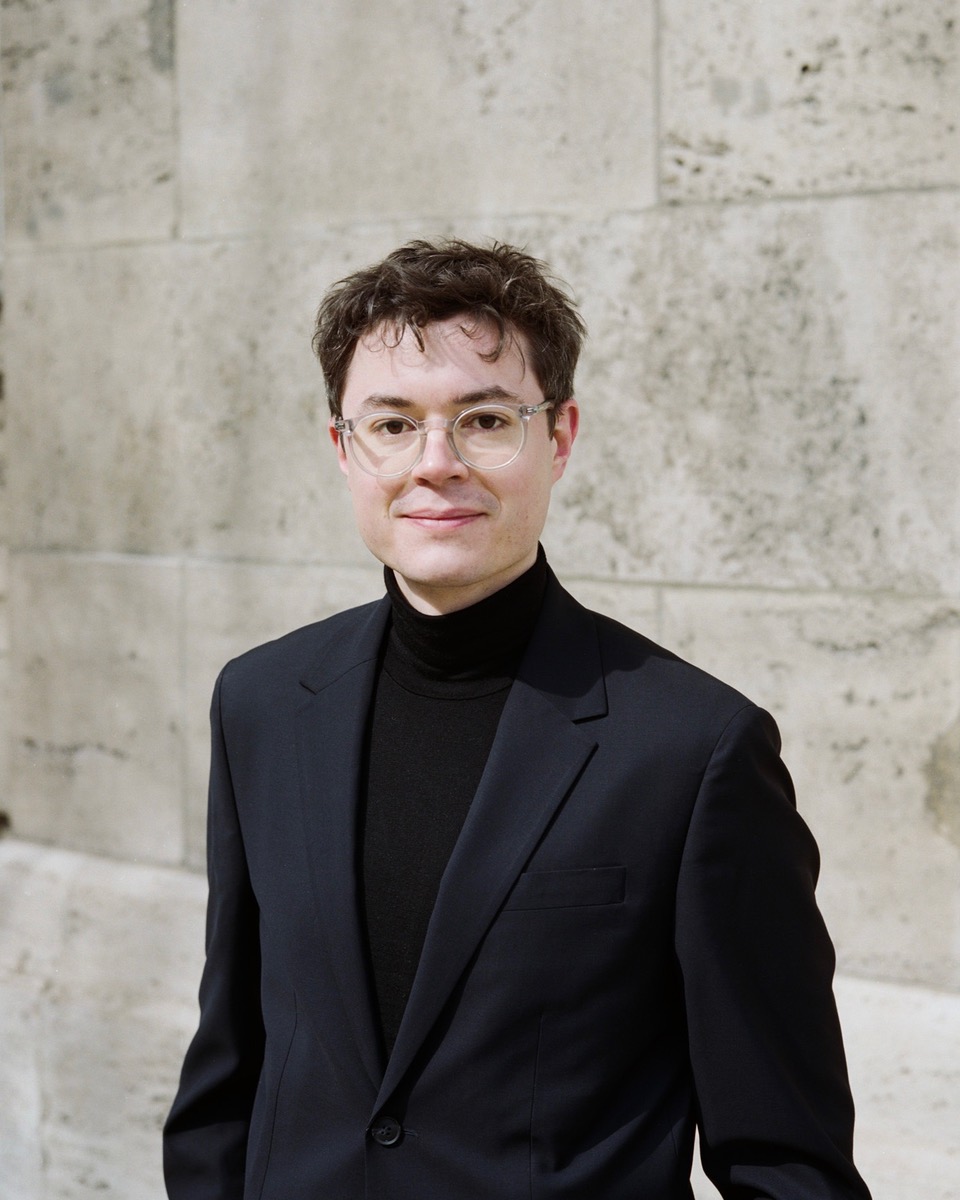
When did you work at Fraunhofer IMW and which division/unit were you a part of?
I graduated in design from Münster University of Applied Sciences in 2015 with a design research project on the corporate design of the Fraunhofer IMW. In my thesis, I dealt with the conflicting demands of individuality of the various Fraunhofer institutes and the FhG-wide corporate design guidelines. As a follow-up, I received a job offer from the Marketing and Communication department, where I worked for a total of five years in the function of a research assistant.
Where do you work now?
Since November 2021, I am part of Fraunhofer IAO, where I work as a researcher at the Center for Responsible Research and Innovation in Berlin. I also teach at the Professorship for the Theory and History of Design at the Bauhaus-Universität Weimar, where I am currently completing my PhD. Furthermore, I am working as a designer on the digital open-source medical platform Dot.Base, which is being developed at the Charité Berlin.
What are your current position titles, and could you please elaborate a little on these role?
Here at the Center for Responsible Research and Innovation, I work as a research associate in the team Co-Design and Transfer Strategies in various projects in the intersection of social science and design-based research. In our projects at CeRRI, we work with participatory and co-design methods, designing responsible development processes and conducting technology impact analysis. My role is to develop and apply design-based research methods and to implement scenarios and prototypes.
What did you previously study and how did this lead to your formulation of your PhD topic?
In my PhD project I work methodically with practice-based design research to develop a graphical, interactive documentation system for chronic pain patients. I learned to love but also to be skeptical about design at the University of Applied Sciences Münster and later in my master at the University of Applied Sciences Pforzheim. What I first experienced as great freedom was in the end of my studies sometimes frustrating, since a design process has so little external guidance. However, in my doctoral project I can now see the power of design, where open-ended exploration and practical implementation is combined.
For your doctorate you are exploring the potential of digital, mobile devices for self-reported recording of pain, could you elaborate on this topic for our readers?
Currently, in clinical practice pain is assessed by self-reported scales and questionnaires - these put patients in a passive role and allow only a very limited form of communication. In my research I investigate the potential of interactive graphical notation systems to articulate pain actively and individually by patients. For this purpose, I am conducting research at the University Hospital of Jena, where I developed my designs based on interviews with patients with whom I am also testing my prototypes. The result will be an app in which it is possible to create individual, high-resolution visualizations of one’s pain, enabling more precise and individual diagnostics and thus creating the conditions for scalable personalized medicine.
How did your time at Fraunhofer IMW help shape any ideas that you have explored through your research?
As an overarching department, all of the institute's projects come together in the Marketing and Communications Department. Through my work in the field of science communication, I have thus been involved with the entire spectrum of research being conducted at the IMW. Since scientific work is barely taught at German design universities, working at the IMW was my ticket to the world of science, which I now participate in beyond my PhD project. In a very concrete way, conversations with scientists such as Dr. Marija Radić and PhD students at the IMW also helped me to design my research project.
What else did you find particularly interesting at Fraunhofer IMW? What did it teach you and how did it prepare you to pursue and maintain your current professional standing?
My time at the Fraunhofer IMW has opened up the perspective for me to engage with phenomenon not only in a result-oriented, but also in a research and scientific way, and to reflect on my work as a designer as a result. The Fraunhofer commitment to excellence in research is also reflected in the excellence of science communication, which is developed in the Marketing and Communications department. The courage to experiment and push new ideas is something I took away from IMW and guides me in my current activities as a researcher.
What are you currently working on in your role at CeRRI / Fraunhofer IAO?
In a consortium with the University of Ottawa, the University Hospital Göttingen and the Hospital Nacional de Parapléjicos, I am working on the development of a Code of Conduct for the use and research of non-invasive brain stimulation for the European Union. In a team led by Dr. Moritz Maier, I am developing workshop concepts to involve representatives from society, science, politics and industry.
What is the special function or role of design for example in the field of research?
Research and design are very similar in terms of their process: an explorative, searching and open-ended research process can also be understood as a design process. In both design and research, problems are considered from the perspective of their solution and approached to a result through hypotheses and prototypical elaboration. Every design process also includes parts of systematic research, be it in the identification of a state of the art, the investigation of requirements through interviews or the evaluation of prototypes through testing. When staying on the level of results, design objects can provide access to complex topics, designed scenarios can show possible impacts and thus support the planning of research. Furthermore, a good design can prepare research results and thus enable the important transfer into society, politics and industry.